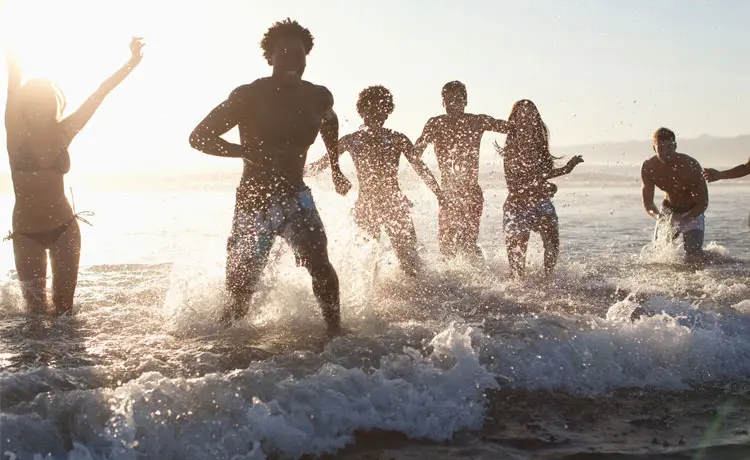Is the sizzle of summer giving you the urge to hit the beach, jump in the pool, dive in the lake or go for a boat ride? As temperatures rise nationwide and the dog days of summer lure us outdoors to cool off in the water, don’t let your community forget about safety! Following a few simple water and boating safety precautions can keep your citizens and their loved ones healthy and out of harm’s way.
 Whether you plan on enjoying your summer in, on or near the water, don’t forget about safety!
For more information on the various products available to purchase for your community, browse the QuickSeries® library of guides at QuickSeries.
Whether you plan on enjoying your summer in, on or near the water, don’t forget about safety!
For more information on the various products available to purchase for your community, browse the QuickSeries® library of guides at QuickSeries.
Water Safety
- Always supervise children around water, whether in a bathtub, at the beach, while boating or in a pool.
- Install a four-sided fence around your home pool.
- Learn about recreational water illnesses like swimmer’s ear, diarrhea and rashes (caused by germs and chemicals in swimming water).
- Learn CPR. To find a training course near you, contact the American Red Cross and the American Heart Association.
- Teach your kids to swim: Sign them up for swimming lessons.
- Respect public pool and beach guidance (e.g., don’t run near the pool).
Before you swim at a public pool or beach:
- Protect your skin from sun damage: Wear sunscreen with an SPF of at least 15 that blocks UVA and UVB rays. Reapply when you come out of the water after toweling off.
- Check for lifeguards/supervision: Is there a lifeguard on duty? If not, what safety equipment is available?
- Avoid swimming if you have diarrhea or an exposed open wound (wear a waterproof bandage).
Boating Safety
In 2017, 76% of fatal boating accident victims drowned. Of those drowning victims with reported life jacket usage, 84.5% were not wearing a life jacket.
- Wear a lifejacket. No matter what type of boat you’re in, don’t just casually toss in your life jacket “just in case” – put it on! Choose a snug, properly fitted life jacket or personal flotation device (PFD) approved by the U.S. Coast Guard: By doing so, your chances of drowning in a boating incident can be dramatically decreased.
- Take a boating course. A wide range of boating courses teach different aspects of safety on the water. By learning navigational and boating practices, you make boating that much safer for everyone on the water.
- Get a vessel safety check. The U.S. Coast Guard offers a free vessel safety check by a certified Vessel Examiner to ensure that your boat is compliant with state and Federal Laws.
- Check the forecast. Always check weather conditions before jumping into the boat – even if you’re only planning a short ride. When you’re out on the water, monitor changing weather conditions. Weather can change rapidly!
- Avoid Drinking Alcohol. Just as if you drive a car after drinking, alcohol impairs your judgment on the water. In fact, alcohol use ranks as one of the top five primary contributing factors in boating accidents. The other top four? Operator inattention, improper lookout, operator inexperience and machinery failure.
- Beware of carbon monoxide (CO) poisoning: Carbon monoxide can collect anywhere in and around gasoline-powered boats, even after the engine has been turned off.
- Use a pre-boating checklist, like the one below:
 Whether you plan on enjoying your summer in, on or near the water, don’t forget about safety!
For more information on the various products available to purchase for your community, browse the QuickSeries® library of guides at QuickSeries.
Whether you plan on enjoying your summer in, on or near the water, don’t forget about safety!
For more information on the various products available to purchase for your community, browse the QuickSeries® library of guides at QuickSeries.
